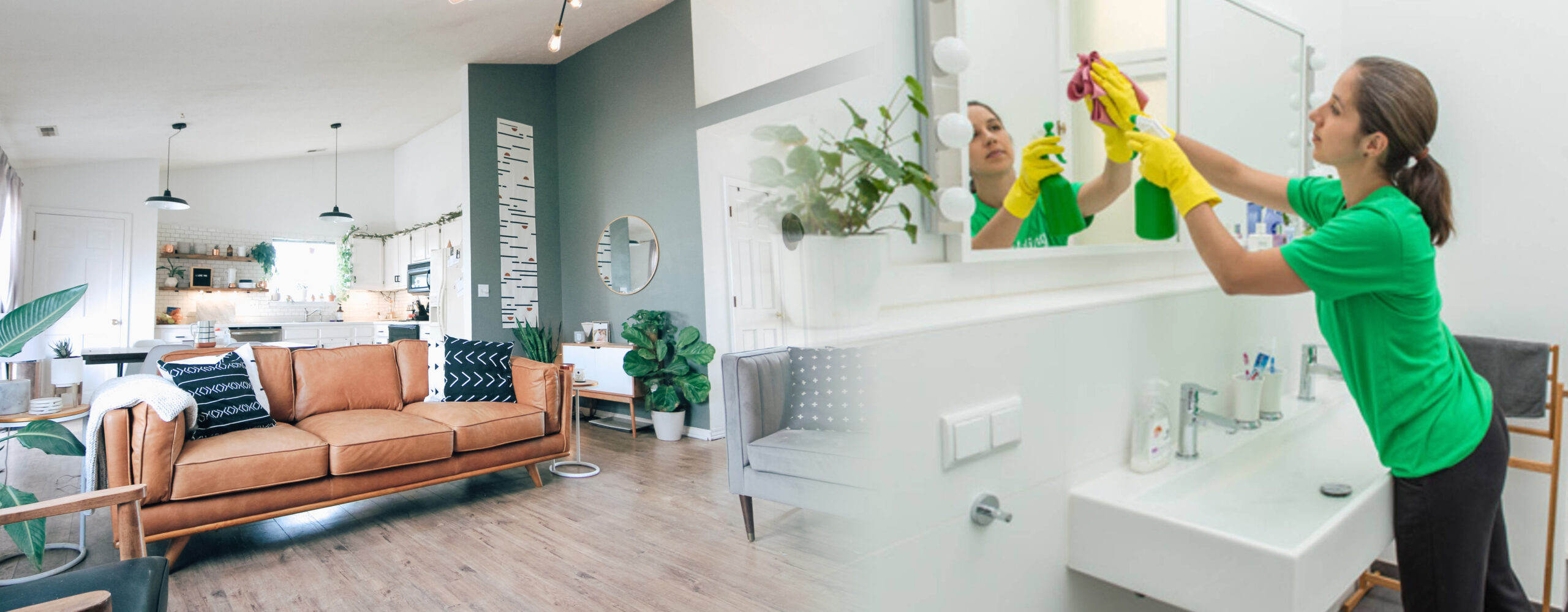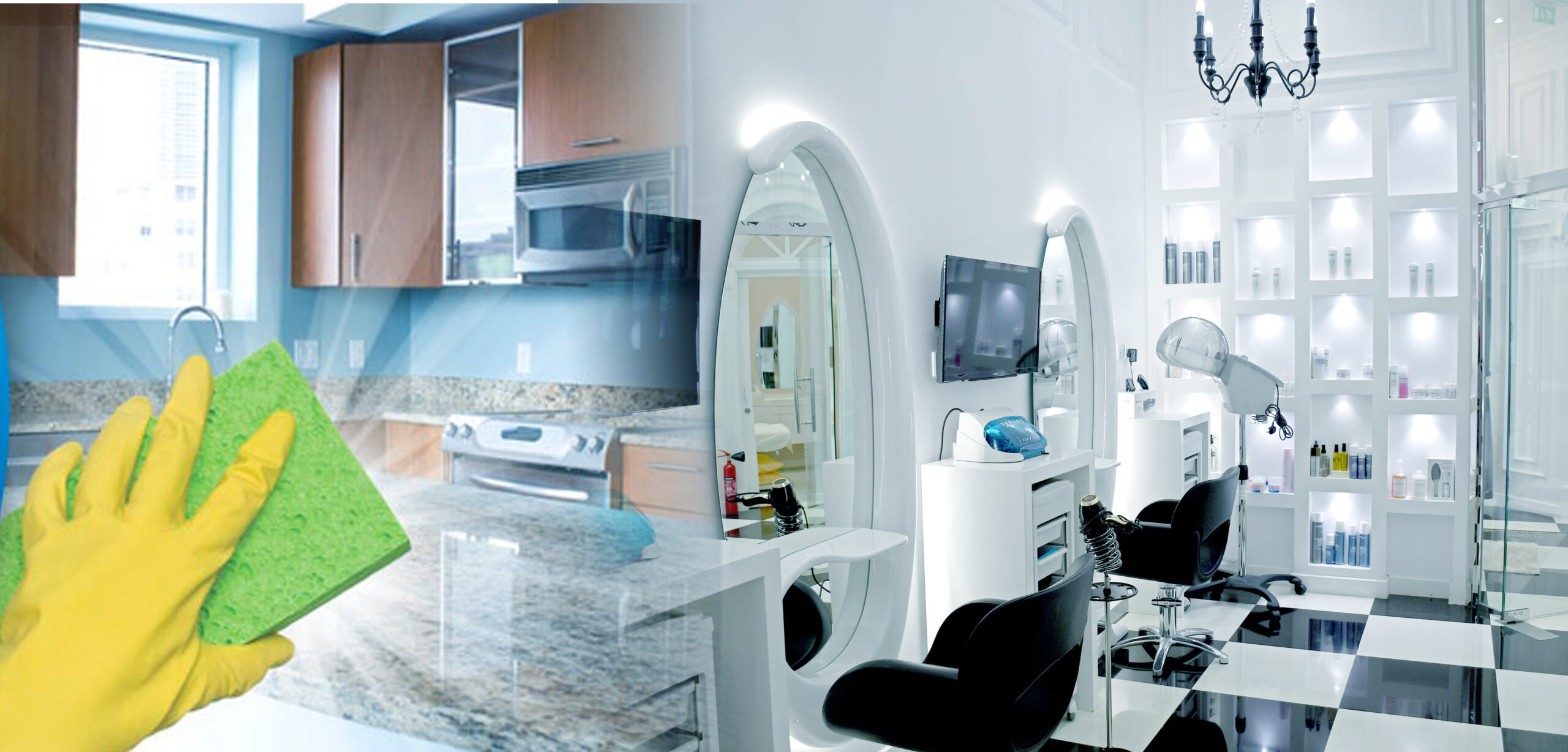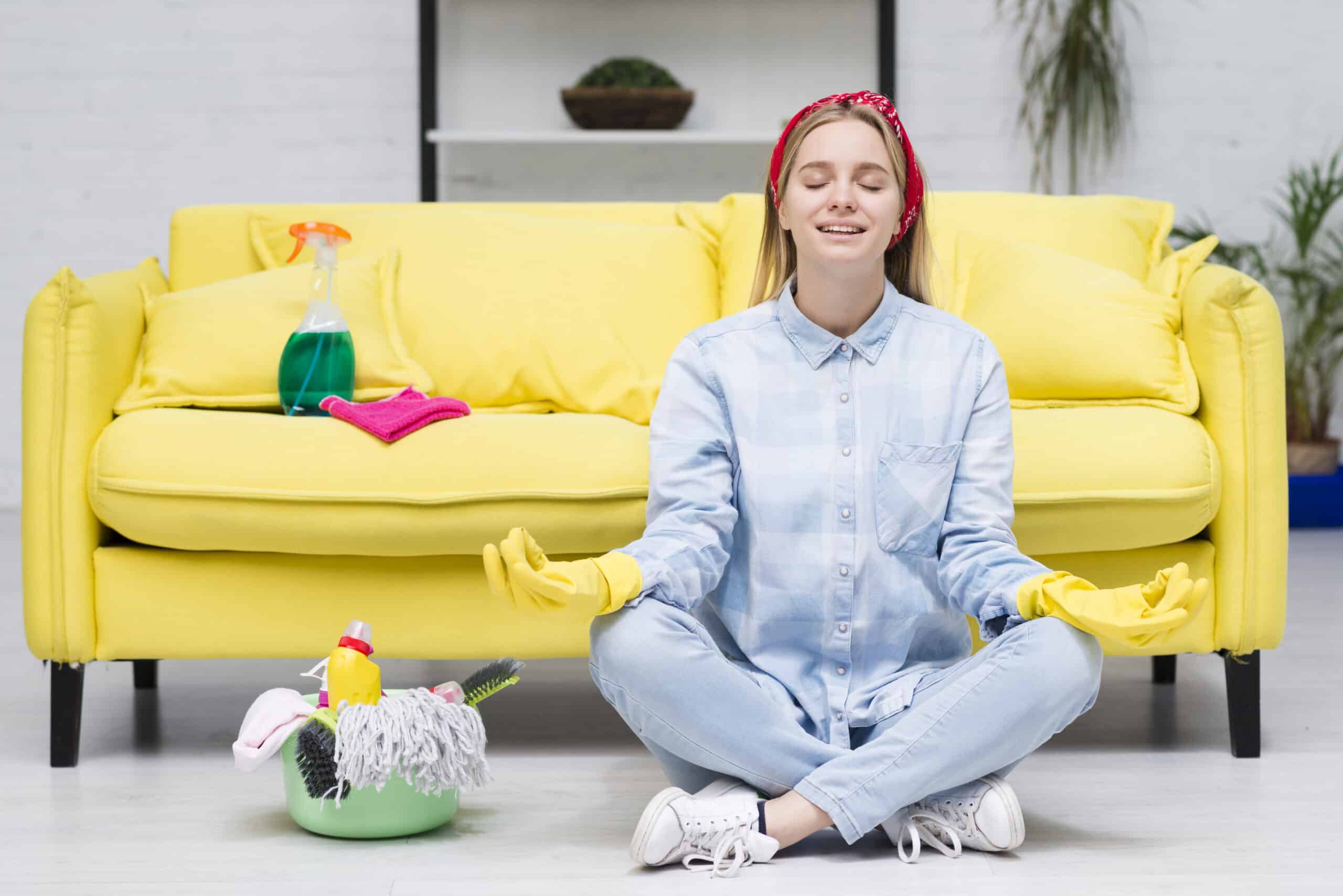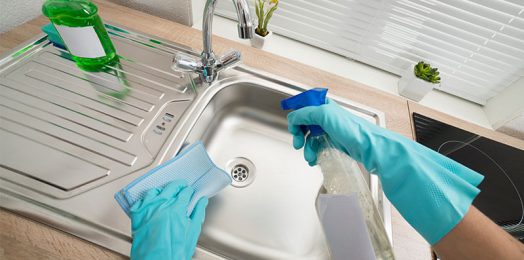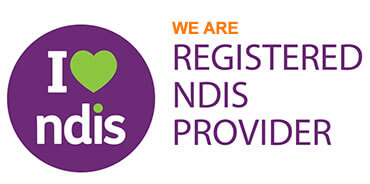What Is The Difference Between Cleaning And Sanitising?
Cleaning and sanitising are two different words whose meanings often confuse many people. You might have heard or used these words interchangeably; this is a wrong act. However, the confusion is not just individual-based; most companies or organisations also make the same mistake of using these words interchangeably on their products.
More often than not, you will find yourself purchasing a cleaner when you intend to buy a sanitiser or vice versa. While sanitising is part of the cleaning process, cleaning itself cannot be part of sanitising. Domestic cleaning or small commercial cleaning such as office cleaning may not always consist of sanitising. The information in this article aims to shed light on the differences between cleaning and sanitising.
Would you like to know the difference? We urge you to keep reading, and you will not regret your time on this article. Let’s now get right into the difference between cleaning and sanitising.
Table of Contents
Cleaning
Cleaning is the physical act of removing the visible impurities such as debris, dust, grime, food particles, etc. Cleaning could be done through wiping, washing, brushing, or vacuuming. The process of cleaning aims at making surfaces looks well. Whereas it may reduce germs on surfaces, cleaning does not necessarily kill the germs on the surfaces.
Most people clean their house or office without necessarily sanitising or disinfecting. Cleaning improves the effectiveness of either sanitising or disinfecting; therefore, it is always best, to begin with cleaning before sanitising or disinfecting.
Examples of Everyday Cleaning Products
Detergents
Detergents contain surfactants that allow the detergent to penetrate fast by reducing the tension between debris and the surface. Mostly, people use detergents to clean utensils and remove grease on surfaces. Detergents clean surfaces and do not sanitise them.
Solvents
Solvents are also referred to as degreasers. These are alkaline detergents that are effective in cleaning when used appropriately. However, if wrongly mishandled, they may be harmful; for instance, some degreasers contain toxic fumes, which are dangerous when inhaled. Examples of solvents include grease-dissolving agents.
Acidic Cleaners
Alkaline cleaners, that is, solvents, may not permanently remove all the grime on surfaces. Other contaminations, such as mineral deposits, are very tough and require acidic cleaners. However, acidic cleaners are not entirely eco-friendly.
Most of them are harmful to humans and animals. Similarly, they are caustic and could cause burning eyes or skin irritation when they make contact with the body.
Abrasive Cleaners
These are cleaners with metal particles, nylon particles, or mineral particles that give them abrasion. They are most effective in removing stains from surfaces. However, it would be best if you were very careful when using abrasive cleaners.
The components of abrasive cleaners, such as the microbeads, are harmful since they get into the human body through water filtration and cause health problems.
Dusters
Dusters are cheap and easy to use. Most of them are made of cloths, pads, or feathers. They are used to wipe off the dust from furniture surfaces. Some of them are washable.
Vacuums
Vacuums clean through suction, removing debris from surfaces such as floors, walls, windows, etc. Vacuums use electric power.
Glass Cleaners
There are several solutions and equipment that one could use in cleaning glass surfaces. Some of the most used solutions include vinegar, dishwashing soap, and rubbing alcohol. The equipment for cleaning glass surfaces can consist of squeegees, microfiber cloths, wipes, etc.
Different Types of Cleaning Methods

Green Cleaning
People have different definitions for the term ‘green cleaning‘. What then could be the most appropriate definition of green cleaning? Green cleaning refers to eco-friendly cleaning. It is the most advisable cleaning method since it reduces the rates of irreparable damage to the environment.
Some of the compounds used in green cleaning are mostly natural and include vinegar, lemons, baking soda, etc. These products are preferred because they have no chlorine, no phosphates, and no artificial components. Similarly, they are biodegradable, easy to use, and cost-effective.
Commercial Cleaning
Commercial cleaning consists majorly of office and business cleaning. Commercial cleaning is concerned with non-domestic cleaning that ranges from vacuum cleaning, steam cleaning, and handling any other chemical cleaning. They cover large construction settings, which are not typical in the household or residential environment.
Commercial cleaning uses experts who are highly trained and exercise high levels of professionalism. They use heavy technological equipment. Further, commercial cleaning is carried out periodically and not daily as green cleaning.
Sanitising
Sanitising lowers the number of bacteria and viruses present on surfaces. The process of sanitising does not necessarily kill bacteria or viruses. The Environmental Protection Agency states that sanitisers are chemical products that kill at least 99.9% of germs found on hard surfaces.
Sanitisers lower the amounts of viruses and bacteria to a safer level. What then is considered safe? The level considered safe is that set by the health standards.
Methods of Sanitising
There are three primary methods of sanitising; heat, radiation, and chemical sanitising. Heat and chemicals are the most common, as radiation sanitising is rare. However, it is best to clean surfaces properly before sanitising them. This is because some chemicals used in sanitising react with germs, thus becoming less effective.
Heat Sanitising
Heat sanitising consists of three methods; steam, hot air, and hot water. However, the use of hot water is most common in places such as restaurants. When used in high-temperature washing machines, ensure that your ultimate sanitising rinse is at a temperature of at least 82 degrees Celsius.
A stationary rack that requires single machines must be subjected to at least 74 degrees Celsius. In a three-compartment sink, the third compartment must be subjected to at least 77 degrees Celsius. For heat sanitising to be effective, the surfaces or items mentioned above must be exposed to heat for at least thirty seconds. This will ensure that they are adequately cleaned and sanitised.
Chemical Sanitising
Chlorine, quaternary ammonium, and iodine are the approved chemical sanitisers. Chlorine is cheap and highly effective. It kills a wide range of bacterium and is not affected by hard water. However, it is caustic, causes skin irritation, and its effectiveness reduces when the pH of the solution increases when exposed to sunlight or in the presence of organic matter.
Iodine causes minor skin irritation; it is not affected by hard water and does not become ineffective in the presence of organic matter. However, its effectiveness reduces with the increase in the pH of the solution; it might discolour surfaces and should not be used with water above 48 degrees Celcius.
Finally, quaternary ammonium is odourless, non-caustic, non-toxic, supports a wide range of pH, and works in the presence of organic matter. However, it is affected by hard water and works slowly. Various factors influence the effectiveness of chemical sanitisers. These include:
- Duration of contact: Various sanitisers have recommended time for actions. It is thus advisable that you allow the sanitiser enough time to come into contact with the cleaned surface to kill the germs effectively.
- Concentration: Again, you need to read the user’s manual carefully to ascertain the amount of sanitiser to use. While too much could be toxic, using too little could be ineffective or lead to inadequate removal of germs.
- Temperature: Various sanitisers have different working temperatures. However, most sanitisers work best between 13 degrees Celsius and 49 degrees Celsius.
How About Disinfecting?
Disinfecting is another term that has been often misused. Many people make mistakes or complicate matters by using disinfecting for either cleaning or sanitising. What then is disinfecting? How is it different from either cleaning or sanitising?
Disinfecting refers to the process of killing germs using chemicals. It is more or less equal to sanitising, except that disinfectants are stronger and kill more germs than sanitisers. However, disinfecting is very different from cleaning. Some of the differences are outlined below.
Cleaning and Disinfecting
Cleaning and disinfecting are two different methods that have different objectives. Cleaning aims at removing germs from surfaces while disinfecting aims at killing the germs on surfaces. Similarly, instead of disinfecting, which uses chemicals, cleaning methods such as green cleaning do not necessarily require chemicals.
However, there are some products, which do both cleaning and disinfecting. If you clean and sanitise your items or surfaces, you most probably lower the danger of spreading infections.
Sanitising and Disinfecting
Sanitising is very different from disinfecting, and the two should never be used interchangeably. Whereas sanitising lowers the amounts of bacteria and viruses on surfaces, disinfecting uses chemicals to kill them. Most disinfectants are bleaching agents or alcohol solutions.
They take some time after application to kill the germs on the surfaces. The significant difference between sanitising and disinfecting is majorly the strength of the products. While sanitisers kill at least 99.9% of germs on hard surfaces, disinfectants kill 99.999% of germs on non-porous, hard surfaces or objects.
Clean, Sanitise, or Disinfect?
Cleaning, sanitising, and disinfecting may be different, as seen above; however, when combined, their effect is beyond amazing. Remember, cleaning comes before either sanitising or disinfecting. It is essential to sanitise or disinfect the appropriate surfaces after cleaning since cleaning does not remove or do away with all the germs on surfaces.

